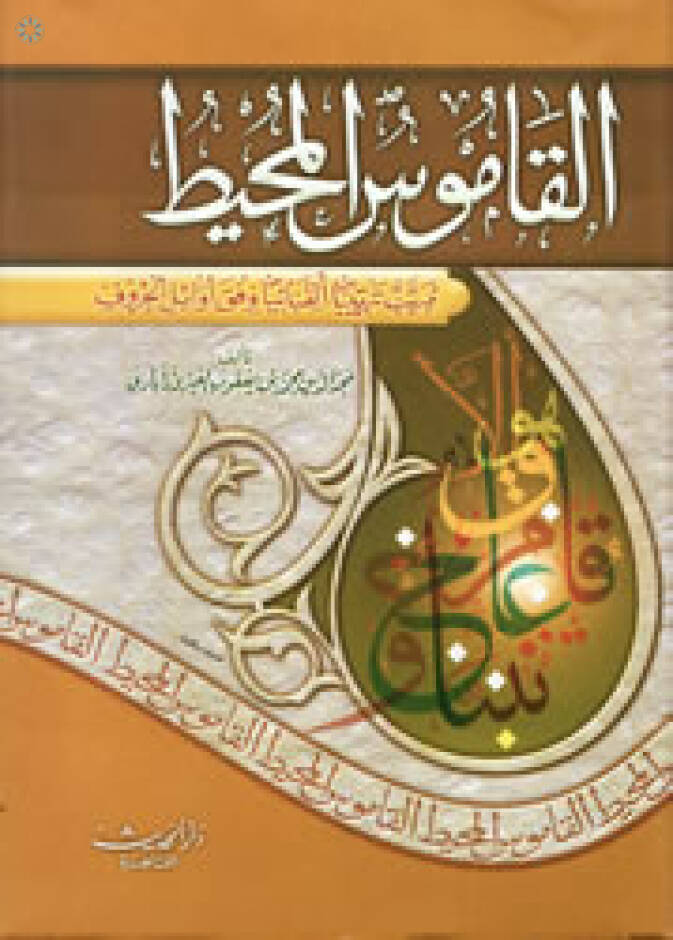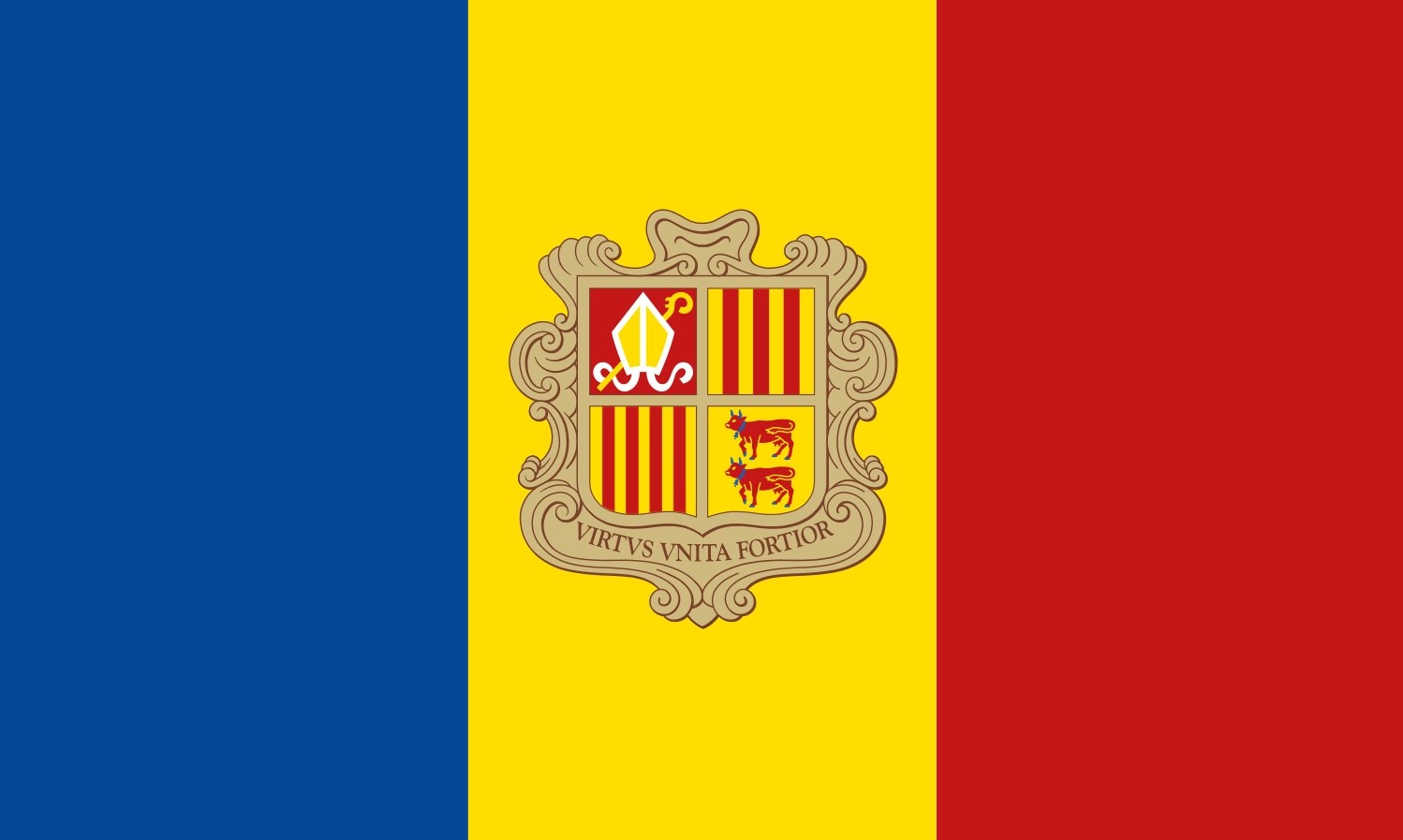The translation of the History attributed to the Armenian Sebeos is a joint undertaking. James HowardJohnston JH- -J had been working for some time on the Armenian sources for the history of the first half of the seventh century in the context of Byzantine-Sasanian conflict. The armenian history attributed to sebeos Download the armenian history attributed to sebeos or read online here in PDF or EPUB. Please click button to get the armenian history attributed to sebeos book now. All books are in clear copy here, and all files are secure so don't worry about it.
- The Armenian History Attributed To Sebeos Pdf Merger
- The Armenian History Attributed To Sebeos Pdf Merge
- The Armenian History Attributed To Sebeos Pdf Merger
- The Armenian History Attributed To Sebeos Pdf Merge Files
- The Armenian History Attributed To Sebeos Pdf Merge Word
Grand Ages: Rome. All Discussions. Grand Ages: Rome >General Discussions >Topic Details. Jan 3, 2013 @ 11:14pm CD key not working help so the CD key steam. Feb 18, 2015. Multiplayer grand ages rome serial number grand ages rome. Crack [earmaster school 5 serial]. Grand Ages: Rome Keygen - Legit.

This Gold Edition of Grand Ages: Rome includes the full original game as well as its expansion pack, Reign of Augustus. Accounting An Introduction Atrilli Pdf Printer. GRAND AGES: ROME — the follow-up to Kalypso Media’s Imperium Romanum, is a city-building game for PC. The player takes the role of a Roman patrician, a nobleman, who has just started his political career. His ultimate goal is to become the Governor of Rome.
The Armenian History Attributed to Sebeos (Translated Texts for Historians LUP) (Book) Book Details. The Armenian History Attributed to Sebeos (Translated Texts for Historians LUP) Author. & Howard-Johnston, James. Liverpool University Press. Publication Date. The Armenian History attributed to Sebeos, translated, with Notes, by R. Thomson, historical Commentary by J. Howard-Johnston, Assistance from T. Greenwood (Translated Texts for Historians), 2 Volumes, Liverpool 1999. Sebeos' theme was no narrow one. He did not confine himself to an account of Armenian affairs in difficult times, but rather reached out to cover important contemporary developments in the domestic history and mutual relations of Armenia's two great neighbours, the Persian empire, governed from its re-institution in the early third century AD.
Throughout the game the player can develop his game character by gaining favor with various historical figures such as Julius Caesar, Pompey and Octavian. Lavazza Espresso Point Maxi Manual Woodworkers. The benefits provided by these relations are carried over not only for the rest of the campaign but also in free-build maps and multiplayer scenarios. Features: Grand Ages: Rome lets you gain power and influence over one of the greatest civilizations in history Advanced Battle System with detailed RTS combat with 18 military units Intense online multiplayer modes for competitive and cooperative play Non-linear storyline features over 40 missions Use flow resources to create an intricate economic system Genre: Strategy Publisher: Viva Media Developer: Kalypso Media Release Name: Grand.Ages.Rome.Gold.Edition-PROPHET Size: 3 GB ——————————. U guys, u don’t need serial, u need to block the incoming/outcoming internet connection from reaching the crack itself, so Use Windows Firewall With Advanced Settings, go on YouTube and search on how to block With the “Windows Firewall With Advanced Settings”, when u get it done, u’re rdy to go.


Played this game much, NPC is smart and cautious, Take What u can take, and enslave and destroy when u have to. The Villages R kind of military bases, becomes useful if they’re between u and ur enemy, still there should be another game, this game is 2009’s.
The Armenian History Attributed To Sebeos Pdf Merger
Ghewond, History (date) pp.i-ii. Translator'spreface.
Ghewond's History
Translator's Preface
The Armenian History Attributed To Sebeos Pdf Merge

Almost nothing is known about the life of Ghewond, author of the sole 8thcentury Armenian history describing the Arab domination. It has been suggestedthat he was born in the 730s in the village of Goght'n, received his clericaleducation and degree of vardapet (doctor of the Church) in the city ofDwin, and died in the latter part of the century. His History covers theperiod from ca. 632 to 788 and includes descriptions of the Arab invasions ofArmenia in the mid 7th century, the wars fought by the caliphate againstByzantium and the Khazars, the settlement of Arab tribes in Asia Minor and theCaucasus, and the overthrow of the Umayyads, as well as information on Arab taxpolicies, the status of the Armenian Church, and the Armenian and Arabnobilities. Ghewond is considered a trustworthy historian. He correctly liststhe caliphs and the lengths of their reigns, except for the reigns of theinitial three caliphs. He correctly lists the names and reigns of the ostikansor Muslim governors of the newly-created administrative unit called Arminiya,which included Armenia, East Iberia/Georgia, and parts of Aghuania(Atrpatakan/Azerbaijan). He was a supporter of the ambitions of the Bagratidfamily and, according to the colophon at the end of his History, wroteunder the patronage of Shapuh Bagratuni, son of Smbat sparapet(commander-in-chief), whose activities are recorded in the work.
Ghewond's major source for the period of the Arab invasions (640-660s) wasthe 7th century historian Sebeos [see Sebeos' History, chapters 30-38].For the first half of the 8th century Ghewond was relying on the accounts ofolder contemporaries, but for the second half of the century he himself was abitter eyewitness. He describes the increasing harshness of Arab tax policiesand the growing intolerance of individual caliphs and their governors, whichtriggered two unsuccessful rebellions in Armenia (747-750 and 774-775).Martyrological literature may have been a source for part of chapter 40. Thatchapter contains the first reference to the Armenian Era (a system of datingwith A.D. 551/552 as year one) which later Armenian historians were to adopt.However, the date Ghewond provides for the martyrdom in question is incorrect.Another source which Ghewond claims--'the enemy himself'--is quitesuspicious. In that passage (in chapter 34), Arab soldiers--who have justannihilated Armenian rebels--purport to have seen priests with candles, incense,and gospels encouraging their foe. This is a literary device rather than asource. Fellow clergymen, Armenian nobles, and the author's own observationsseem to be principal sources for much of the 8th century. The Bible was a clearsource of inspiration for Ghewond throughout his life and throughout his History.Our author was a fatalist and moralizer who attributed all calamities to God'svengeance. Consequently he had no sympathy for rebels, be they Armenian lordsand peasants who challenged the Arab overlords, or the iconoclastic Pauliciansectarians (the 'sons of sinfulness') who challenged the ArmenianChurch in this period. In Ghewond's account, the failings of the ChristianArmenians were due entirely to their own sins, but so too were the failings ofthe Muslim Arabs. Ghewond's worldview is consistently negative, probably areflection of the bleakness of the period he chronicled. |ii
The Armenian History Attributed To Sebeos Pdf Merger
There is some question whether Ghewond's text has reached us intact. Titlesprovided by some later medieval historians could imply that the work began withan account of the prophet Muhammad's life, though this is not certain. The late13th century historian Step'annos O'rbelean, in chapter 7 of his History ofthe State of Sisakan, claimed that Ghewond's History contained a gahnamakor list of princes, but the extant text of Ghewond does not. The lack of aconcluding section also seems peculiar, especially for an author so prone tomoralizing. In addition to possibly missing portions, Ghewond's text may have gaineda section (chapters 13-14), containing the lengthy correspondence between Caliph'Umar II and Emperor Leo III, which many scholars today regard as a laterinterpolation. The most detailed study of Ghewond's text remains father Nerse'sAkinean's Ghewond er'ets' patmagir [The Historian Ghewond the Priest](Vienna, 1930; also in the journal Hande's amso'reay, vols. #43-44,1929-1930). In a deliberately provocative section of his study Akinean suggestedthat Ghewond and another historian, Movse's Xorenats'i, were one and the sameperson. However vocabulary, style, and worldview--among other factors--rule thisout, and Akinean's proposal has found no support among scholars.
Eight of the surviving fourteen manuscripts of Ghewond's History arehoused at the Matenadaran in Yerevan, Armenia. The oldest and most complete (ms.#1902) dates from the 13th century and seems to have been the source of theother copies, many of which are defective. The first publication of theclassical Armenian text was made by K. V. Shahnazarean (Paris, 1857), based on a17th century manuscript. A better edition was prepared by K. Ezean and issued byS. Malxasean (St. Petersburg, 1887), based on several manuscripts, including theearliest. Translations have been made into French by Shahnazarean/Chahnazarean(Paris, 1856); Russian by K. Patkanean (St. Petersburg, 1862); and modernArmenian by Aram Ter-Ghewondyan (Yerevan, 1982). An English translation andscholarly commentary of chapters 13-14 was issued by A. Jeffery [Ghevond'sText of the Correspondence between 'Umar II and Leo III, HarvardTheological Review, 37 (1944) pp. 269-332]. The first complete Englishtranslation [History of Lewond, the Eminent Vardapet of the Armenians]was published by father Zaven Arzoumanian (Philadelphia, 1982), and includes anintroduction, valuable notes, and a map. Our translation below was made from theclassical Armenian text of Ezean/Malxasean (St. Petersburg, 1887, secondedition) and excludes chapters 13-14.
For the history of the 7-8th centuries see N. G. Garsoian, 'The ArabInvasions and the Rise of the Bagratuni (640-884)', in The ArmenianPeople from Ancient to Modern Times, vol. I, R. G. Hovannisian, ed. (N.Y.,1997); and A. Ter-Ghewondyan, The Arab Emirates in Bagratid Armenia(Lisbon, 1976), translated by N.G. Garsoian. On the Paulicians see N. G.Garsoian, The Paulician Heresy (Paris, 1967); V. Nersessian, TheTondrakian Movement (London, 1987), chapter 3; and S. Dadoyan, TheFatimid Armenians (Leiden, 1997), chapter two. The maps and accompanyingtext in R. H. Hewsen, Armenia, A Historical Atlas (Chicago, 2000) pp.104-107 also are valuable. Later epic literature, including the Armenian Davidof Sasun and John Mamikonean's History of Taron, and the Byzantine DigenesAkrites perhaps contain material reflecting this period.
The transliteration employed here is a modification of the Library ofCongress system, substituting x for the LOC's kh, for thethirteenth character of the Armenian alphabet. Otherwise we follow the new LOCsystem for Armenian, which eliminates diacritical marks above or below acharacter and substitutes the single or double quotation mark to the character'sright. In the LOC romanization, the seventh character of the alphabet appears ase', the eighth as e', the twenty-eighth as r', and thethirty-eighth, as o'.
Robert Bedrosian
Long Branch, New Jersey 2006
The Armenian History Attributed To Sebeos Pdf Merge Files
A note on pagination
The printed editions of these online texts show the page number at the top ofthe page. In the right margin the pagination of the classical Armenian (grabar)text also is provided. We have made the following alterations for the onlinetexts: the page number of the printed English editions (Sources of theArmenian Tradition series) appears in square brackets, in the text. Forexample [101] this text would be located on page 101, and [102] this text wouldbe on page 102. The grabar pagination is as follows. This sentencecorresponds to the information found on page 91 of the classical Armenian text[g91] and what follows is on page 92. In other words, the classical Armeniantext delimiters [gnn] indicate bottom of page.
This text was placed online by Robert Bedrosian here,and kindly placed by him in the public domain to facilitate circulation. This slightly reformatted version appears here by his permission. All material on this page is in the public domain - copy freely.
The Armenian History Attributed To Sebeos Pdf Merge Word
| Early Church Fathers - Additional Texts |